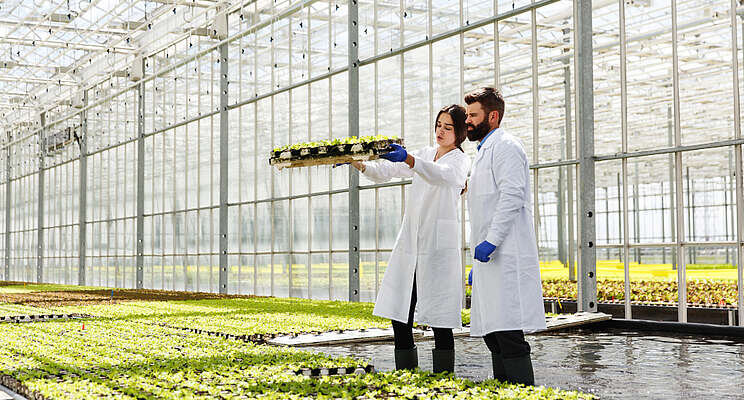Key differences between aeroponics & hydroponics
Added on 24 May 2022

Why Are Aeroponics and Hydroponics Important?
In today's increasingly fragile world, we have a growing global population, increasing urbanization, and a major problem with climate change, soil degradation, and crop contamination. All of this adds up to not enough food to feed everyone safely. Fortunately, a few agricultural methods can improve this situation with crops grown in nearly any climate, using no soil in the growing process.
Of course, we're speaking of aeroponics and hydroponics. These methods allow commercial growers to stack plants vertically in towers or trays reaching high into the greenhouse roof. Because they can be grown indoors, these crops can be raised and harvested multiple times each year, without concern over the climate or weather outside. But what are aeroponics and hydroponics, and how do they work? Read on to learn more.
What is Aeroponics?
Aeroponics comes from two root words: "aero," meaning air, and "ponics," meaning an ecosystem of artificial construction. Aeroponics, then, refers to growing plants in the air, as opposed to in the soil.
If you're picturing plants floating on clouds, that's not quite the way of it. Of course, these plants are secured into a system of some sort, typically a series of trays or tubes, leaving the roots exposed to the air. The plants are then fed and watered by misting these roots with a nutrient-rich misting system, allowing them to grow more rapidly because they don't have to distill their nutrients from the soil.
What is Hydroponics?
Much like aeroponics, hydroponics comes from the roots, "hydro," meaning water, and again, "ponics," meaning an ecosystem of artificial construction. In hydroponic farming, the plants grow in a soilless medium such as coco coir, rock wool, or perlite and are given direct access to nutrients through the flow of enriched water.
Photo created by freepic.diller - www.freepik.com
Source: Agritech Tomorrow
More news















